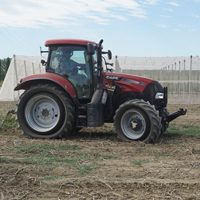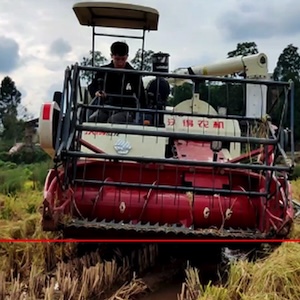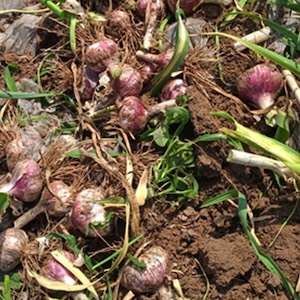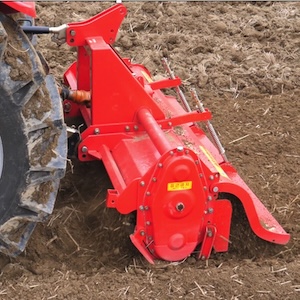Tractive performance of Trelleborg PneuTrac tyres

Published:18 June 2020
Abstract Views: 8120
PDF: 731
HTML: 100
HTML: 100
Publisher's note
All claims expressed in this article are solely those of the authors and do not necessarily represent those of their affiliated organizations, or those of the publisher, the editors and the reviewers. Any product that may be evaluated in this article or claim that may be made by its manufacturer is not guaranteed or endorsed by the publisher.
All claims expressed in this article are solely those of the authors and do not necessarily represent those of their affiliated organizations, or those of the publisher, the editors and the reviewers. Any product that may be evaluated in this article or claim that may be made by its manufacturer is not guaranteed or endorsed by the publisher.
Similar Articles
- Aldo Calcante, Roberto Oberti, Francesco M. Tangorra, Definition of linear regression models to calculate the technical parameters of Italian agricultural tractors , Journal of Agricultural Engineering: Vol. 54 No. 4 (2023)
- Gabriella Impallomeni, Francesco Barreca, Agrivoltaic systems towards the European green deal and agricultural policies: a review , Journal of Agricultural Engineering: Vol. 56 No. 1 (2025)
- Piernicola Masella, Lorenzo Guerrini, Alessandro Parenti, Fabio Baldi, Paolo Spugnoli, Performance of a driven hitch-cart for draft animal power under different power take-off torque and ballast levels condition , Journal of Agricultural Engineering: Vol. 47 No. 4 (2016)
- Ileana Blanco, Simone Pascuzzi, Alexandros Sotirios Anifantis, Giacomo Scarascia-Mugnozza, Study of a pilot photovoltaic-electrolyser-fuel cell power system for a geothermal heat pump heated greenhouse and evaluation of the electrolyser efficiency and operational mode , Journal of Agricultural Engineering: Vol. 45 No. 3 (2014)
- Shadrack Kwadwo Amponsah, Ahmad Addo, Komla Dzisi, Jean Moreira, Sali Atanga Ndindeng, Comparative evaluation of mechanised and manual threshing options for Amankwatia and AGRA rice varieties in Ghana , Journal of Agricultural Engineering: Vol. 48 No. 4 (2017)
- Daniela Lovarelli, Jacopo Bacenetti, Marco Fiala, A new tool for life cycle inventories of agricultural machinery operations , Journal of Agricultural Engineering: Vol. 47 No. 1 (2016)
- Dario Friso, Lucia Bortolini, Influence of the trajectory angle and nozzle height from the ground on water distribution radial curve of a sprinkler , Journal of Agricultural Engineering: Vol. 43 No. 1 (2012)
- Adilkhan Niyazbayev, Francesco Garbati Pegna, Kanat Khazimov, Erik Umbetov, Kulmuhanbet Akhmetov, Zhadyra Sagyndykova, Marat Khazimov, Power need of an implement for removing polymer residues from the soil surface in Kazakh horticulture , Journal of Agricultural Engineering: Vol. 53 No. 3 (2022)
- Adisa A. Folami, Eberendu N. Obioha, Aderinlewo A. Adewole, Kuye S. Ibiyemi, Performance evaluation of a developed rice-processing machine , Journal of Agricultural Engineering: Vol. 47 No. 3 (2016)
- Remo Alessio Malagnino, Performance analysis of photovoltaic plants installed in dairy cattle farms , Journal of Agricultural Engineering: Vol. 46 No. 2 (2015)
You may also start an advanced similarity search for this article.

 https://doi.org/10.4081/jae.2020.1031
https://doi.org/10.4081/jae.2020.1031 










